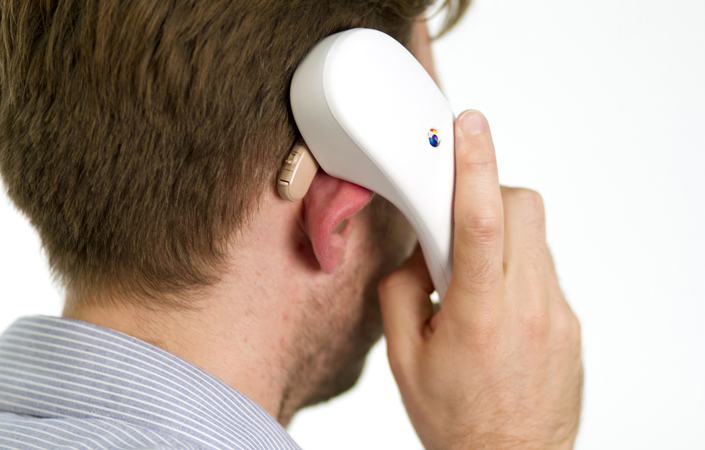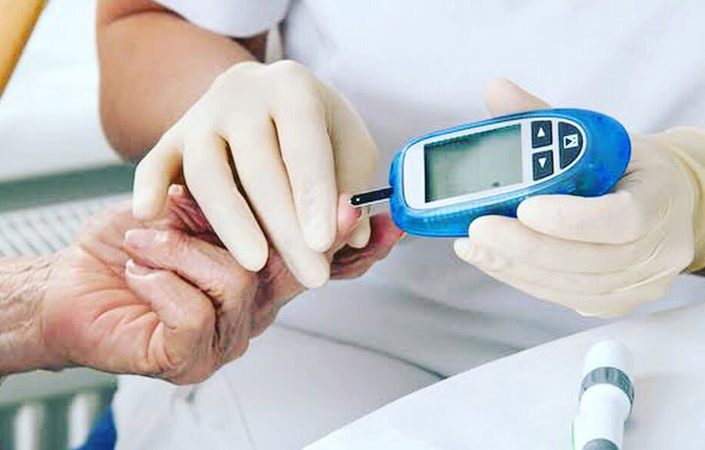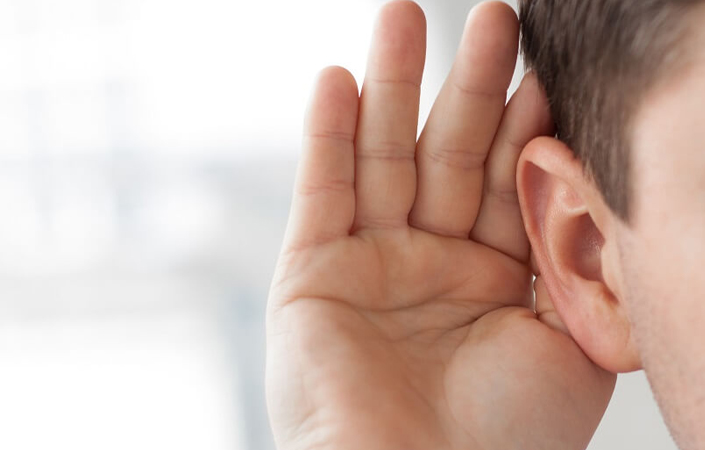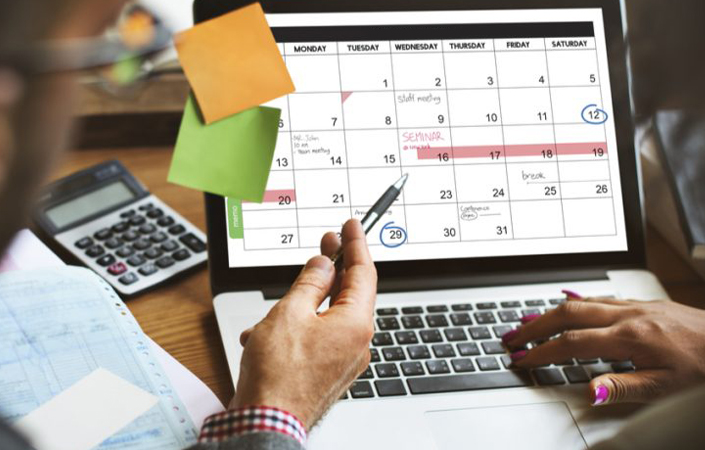
Hearing loss and using the phone
Hearing loss and telephone use - tips & tricks for successful communication...
It can be hard to follow conversation on the phone when you have a hearing loss. Phones don't transmit the full frequency range of sound, and you can't get any help from lip-reading! Fortunately there are some devices and strategies that can help you to hear better on the phone, with or without hearing aids. Understanding the features on the phones you use, as well as knowing how these work with your hearing aids, 1s vital to good hearing on the phone.
Your phone...
Phones have different features on them, and there are some that are better than others if you have a hearing loss. You may need to talk to your telephone supplier to work out what features your phone has. In some cases they may be able to swap your phone to a more Suitable model, or you may be able to purchase a better phone. It is always worth asking If you can “try before you buy’, especially with mobile phones.
Things you need to know about your phone include:
Does your phone have a volume control? Some phones have a volume control that allows you to amplify the speaker's voice to a comfortable level. This may be as simple as some arrows on the keypad, or may involve you finding the volume setting on the phone's settings menu. There are also some portable “clip-on” telephone amplifiers that you can use to boost the volume. It may also be possible to change the volume or pitch of the ring tone to make it easier to hear. If the ring 1s really hard to hear it may be possible to get a vibrating alert (mobile phone) or a flashing light alert (home phone).
Does your phone have a “hands-free” or “speaker phone” option? Using the hands-free or speaker phone option allows you to listen with both ears. It saves you having to worry about where the phone Is placed in relation to the hearing aid, or having to change settings on the hearing aid. Does your phone have an induction coil (telecoil) in it? Some phones emit a signal that can be picked up by the hearing aid on Its telecoil setting. This gives you a more direct sound, with less likelihood of interference from surrounding sounds. Unfortunately very few cordless or mobile phones contain induction coils. It is possible to purchase a portable coupler that will convert phone sound to an electromagnetic signal for the aid.
Does your phone have Bluetooth compatibility? If so, you may be able to stream sound fromyour phone directly to your hearing aids, or to another headset. This feature is now common in many mobile phones, and some home telephones.
Does your phone have DECT capabilities? DECT technology within cordless phones lets you hear the ringing of the phone directly in your hearing aids and then streams sound from the phone to your hearing aids.
Your hearing aids...
There are many different ways of using hearing aids with the phone. Understanding what features your hearing aids have and how they work will help you to choose the best setting. Things to know about your hearing aids include:
Where is the microphone on your hearing aid? Microphones on behind-the ear hearing aids usually sit at the top of the hearing aid. This means you need to hold the phone higher than normal in order to get the sound into the hearing aid. You can usually hold the phone normally with in-the- ear hearing aids.
Does your hearing aid have a telecoil (t-switch)? If so it will pick up a special signal from phones that also have a telecoil. Your hearing aid can be set to only pick up the sound from the phone, or to pick up some environmental sound as well (useful if you need to hear your own voice, or are relaying messages from another speaker). This is a great feature; however if you use the telecoil setting on your aid with a phone that does not have a telecoil you will only hear buzzing - not the sound you want to hear! Very few mobile phones have a telecoil in them. You can buy special neck loops that plug in to your mobile phone and allow you to use the telecoil option.
Does your hearing aid have an automatic telephone program such as “autophone’” or “easyphone’? In this case the magnetic field emitted by the telephone will cause the hearing aid to automatically change into a dedicated telephone program. This program could involve a telecoil setting, or sending the phone sound to both ears simultaneously, or a change in the sound of the hearing aid to reduce whistling, Sometimes the magnetic field from the hearing aid may not be strong enough to trigger the telephone program in the hearing aid, so you may be given a small magnet to Stick on your phone. This is quite safe.
Does your hearing aid have Bluetooth? If so you may be able to purchase a streaming unit that allows you to stream the sound from the phone directly into your hearing aids. This 1s a great option tor mobile phones. It allows hands-free operation of the mobile phone, and better hearing - perfectwhen driving!
Alternatives to the phone...
Even with the right phone and the right hearing aid setting It may still be dificult to understand phone conversation, especially if you have a severe or profound hearing loss, or particularly poor speech discrimination. In this case you often rely heavily on lip-reading for understanding, and of course lip-reading is impossible over the phone. Conversation that can be ‘read’ rather than “heard” may be a better option. Some people give up on using the phone completely. Whilst you may be able to get around this forkeeping in touch with family and friends, it is also important to consider how you would cope in anemergency.
SMS/Text messages - You can use your mobile phone (and even some home phones) to send text messages. In some cases this may even be cheaper than talking on the phone.
Fax - Most businesses have a fax machine. Many homes also have a fax machine as part of their home computer/printer set-up. You can exchange fax messages with business, family or friends.
Email - You can send and receive messages from all over the world via computer. Many TAFE's, community colleges, and Senior Citizen's centres run classes that can teach you how to use email.
Video calls - You can make calls via computer over the internet. It is possible to set up video calls that allow you to see the person who is speaking. (SKYPE is one example) This is often an inexpensive way of making calls and can be great for seeing and keeping in touch with people who live along distance from you.
TTY (Telephone TYpewriter) - Whilst text messages, fax, email etc are a great way to send messages, they do not involve instant communication like the phone does. T'TYs send written messages quickly across the telephone network. There are a variety of ways this can be used. People who have developed a hearing loss later in life often use a “relay service”. You speak normally into the phone and the other person's replies are very quickly typed by the relay officer. You then read out the reply ona
screen attached to your phone. This allows for a normal back and forth conversation. Confidentiality is suaranteed. Some people also use typed messages if they have a speech impairment. You can also send TTY messages directly from one person to another without going via the relay service if both parties have a TTY. The National Relay Service provides equipment and free training in the use of the TTYs.
Good tactics and strategies...
Regardless of what phones and/or hearing aids you use, it is important to also use some good tactics.
Be prepared - There's nothing worse than answering the phone and having no idea who's on the other end. Take the initiative and ring your friends or family rather than waiting for their call - this puts you in charge of the conversation, and can make it easier to follow and understand. Alternatively, get people to ring you at a set time - if you answer the phone knowing that it’s your daughter ringing to check you are okay, you are already prepared for the conversation.
Admit your loss - Misunderstanding can be more embarrassing and lead to more difficult situations than asking for help. Explain that you have a hearing loss - ask people to hold for a moment whilst you set your hearing aid, or for them to speak more slowly, or to spell out things with clues (e.g. “T” for “foxtrot”, or “s for “sierra”). Don't expect others to know how to help you - tell them what you need.)
Practice - don't expect to get it right the first time. When you get a new device, ring a friend and ask them to keep talking whilst you practice using the different device or settings.
Useful contacts
Telstra - disability phones for Telstra customers: www.telstra.com.au/abouttelstra/commitments/disability/products.cfm Phone: 1800 068 424. TTY: 1800 808 981. Fax: 1800 814 777.
Optus - disability phones for Optus customers: www.optus.com.au/disability
National Relay Service - for TTY information: www.relayservice.com.au Phone: 1800 555 660. TTY: 1800 555 630. Fax: 1800 555 690 (calls to these numbers are free) SMS: 0416 001 350.
Oricom International - for amplified phones: www.oricom.com.au Phone: (02) 4574 8888. Fax: (02) 4574 8898.
Printacall - for neck loops, couplers, TTYss, alerting devices and other assistive devices: www.printacall.com.au Tel: (02) 9809 2392. Fax: (02) 9809 2345. TTY: (02) 9809 1283




.jpg)





